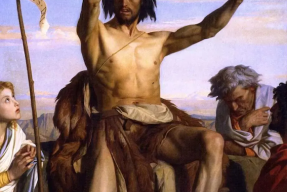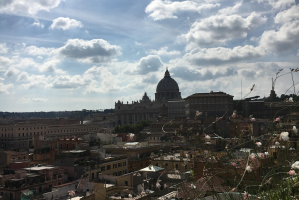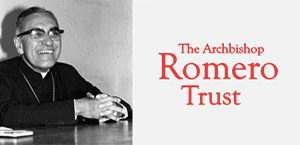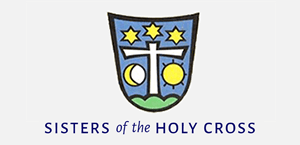Gospel in Art: Feast of Saint Dominic
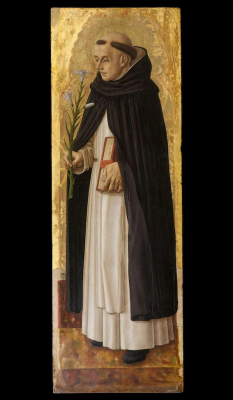
Saint Dominic, by Carlo Crivelli ,1472 © Metropolitan Museum, New York
Source: Christian Art
Gospel of 8 August 2025
Matthew 16:24-28
At that time: Jesus told his disciples, 'If anyone would come after me, let him deny himself and take up his cross and follow me. For whoever would save his life will lose it, but whoever loses his life for my sake will find it. For what will it profit a man if he gains the whole world and forfeits his soul? Or what shall a man give in return for his soul? For the Son of Man is going to come with his angels in the glory of his Father, and then he will repay each person according to what he has done.' Truly, I say to you, there are some standing here who will not taste death until they see the Son of Man coming in his kingdom.'
Reflection on the painting
Today we celebrate the feast of Saint Dominic, also known as Dominic de Guzmán. Born in 1170 to a family of Spanish nobility, he was well educated and studied for 10 years at the University of Palencia. Already during that period it was reported how concerned he was with the well-being of others, especially the poor, rather than with his own needs. In 1191, when Spain was plagued by famine, young Dominic gave away his money and sold his clothes, furniture, and even precious manuscripts to feed the hungry. Dominic reportedly told his astonished fellow students, "Would you have me study off these dead skins when men are dying of hunger?"
But God even had bigger plans for Dominic: founding a new religious order with the mission to combat the many heresies that were around at the time and to help spread the doctrine of the Church. Saint Dominic's cheerfulness and joyousness are remarked upon by a number of people who knew him. The vivacity of his spirit in founding a new order must have been truly inspiring. According to Dominican tradition, in 1208 he experienced a vision of the Blessed Virgin Mary in the church at Prouille, during which she gave him a rosary. The spread of devotion to the rosary is largely attributed to Dominicans. Pope Pius XI stated, that the rosary is "the principle and foundation on which the Order of St. Dominic rests for perfecting the lives of its members and obtaining the salvation of others."
Our painted panel is by Carlo Crivelli (c. 1430-c. 1495), a Venetian-born painter. Crivelli's paintings often fuse late Gothic elegance with Renaissance innovation. Our panel is more than a portrait, it is imbued with a deep sense of devotion and theatrical flourish. Unlike many of his contemporaries who embraced softer, naturalistic effects, Crivelli embraced a more linear approach. Our panel forms part of a triptych created for a Dominican church in Ascoli Piceno, in the Marche region. The panel originally served as the right wing of the altarpiece, with the Virgin Mary occupying the central panel. Saint Dominic is portrayed wearing the traditional black and white Dominican habit, holding a lily, a symbol of purity and chastity. Crivelli presents the saint in profile, his gaze directed toward the central Virgin, creating a visual and devotional link between the side and central panels.
LINKS
Gospel in Art: https://christian.art/
Today's Reflection: https://christian.art/daily-gospel-reading/matthew-16-24-28-2025/




